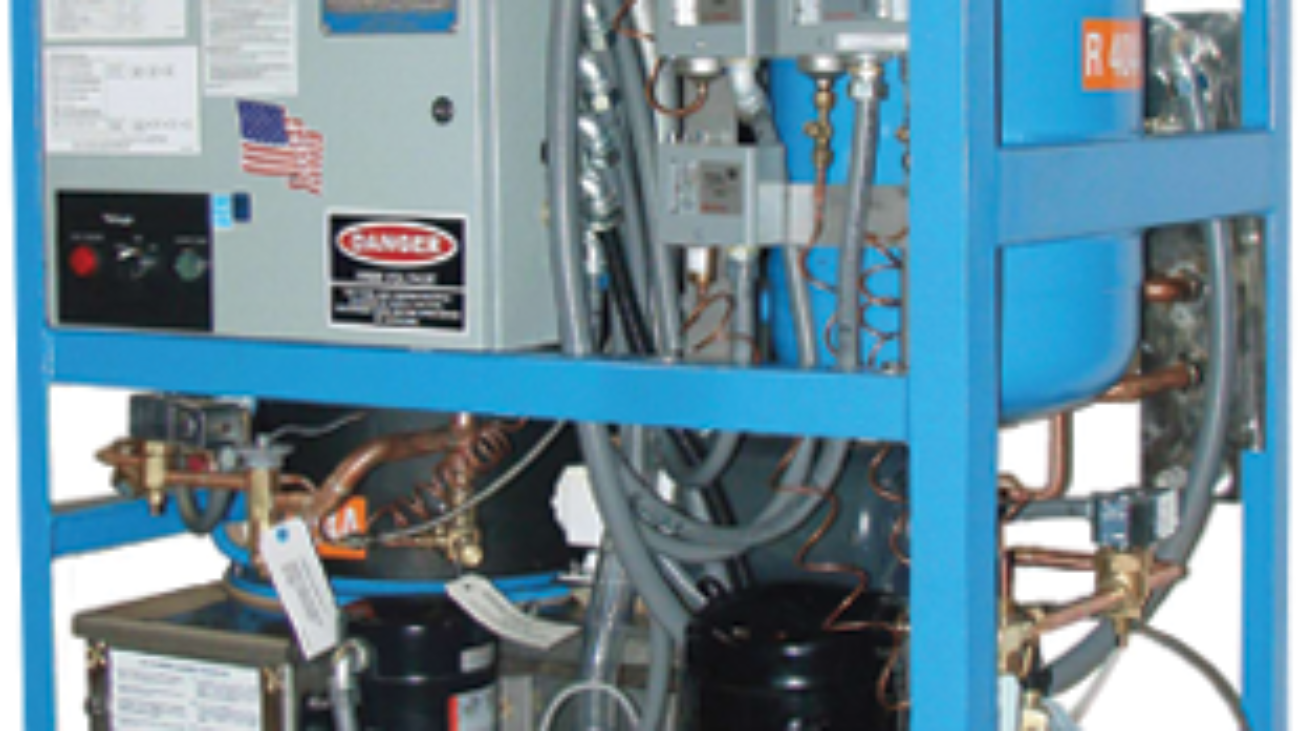The proper cooling and storage of fish is crucial to prevent spoilage and the economic loss associated with wasted product. This means that commercial fishermen must carefully plan their fishing trips and consider the best cooling and storage methods for the particular type of fish that they will be catching. In past articles looked at factors that affect the cooling and storage of small fish as well as those same factors for large fish. In today’s article let’s turn our attention to cooling and storage methods for medium-size fish.
The Many Different Types of Medium-Size Fish
The term “medium-size fish” is imprecise by nature and may mean different things to different people. There is no clear boundary between very small fish and their slightly larger cousins or between large, several-hundred-pound fish and their double, or barely single digit counterparts. However, in general the term “medium-size fish” can be applied to many of the several different species of carp, salmon, mackerel, tilapia, cod, and others. These fish form a crucial economic niche in the communities that fish them. They also form the basis for many of the most popular and enjoyed recipes and dishes throughout the country, both in public restaurants and private homes.
Special Considerations for Medium-Size Fish
In many ways medium-size fish offer the perfect balance of the pros and cons of cooling and storing small- or large-size fish. For example compared to large-size fish they will more readily cool evenly, avoiding temperature gradients and vulnerability to potential spoilage in warmer spots. However, like larger fish they will maintain their temperatures more easily and for longer than small fish, avoiding rapid spoilage. Naturally, however, these traits appear along a spectrum and medium-size fish that tend toward the larger or smaller side will also possess many of the same cooling pros and cons of the truly large or truly small fish. This makes it extremely important for fishermen to be aware of the particular type of fish they are dealing with and to use best cooling methods appropriate for that particular size species.
The Effective Use of Ice and Chilled Seawater
Ice is the preferred cooling media on many commercial fishing vessels. That is because ice is economical and readily available, works to immediately begin cooling the fish, provides added moisture for the fish, and does not introduce any foreign chemical or potentially toxic or contaminating agents.
Another popular alternative is chilled seawater. Chilled seawater can be taken directly from the surrounding water, chilled and processed, and used to preserve freshly caught fish. A major advantage is that the seawater is so readily available, does not require pre-storage, and has a composition already likely to be safe and suitable for the fish.
Finally, both ice and chilled seawater provide very effective, thorough cooling. Chilled seawater and flake or slush ice is able to completely surround the fish and enter its crevices and orifices. Larger ice such as block ice should be crushed prior to use.
Planning Ahead for Best Results
As with most endeavors, particularly commercial ones, the key to success is largely in planning ahead. Commercial fishermen who are about to embark on a fishing trip for medium-size, as well as other size, fish should consider the following:
Factors to Consider
- Type of fish being caught
- Type of ice being used
- Fishing conditions
- Length of trip
- Estimated haul
- Cargo space
- Equipment and resources needed
The type of fish being caught is key to understanding and estimating its likely weight and cooling considerations. Meanwhile the type of ice that will be used is crucial for making proper arrangements, particularly if block ice will be used and the fishermen will have to plan for crushing. Ice type is also important in determining the amount of ice needed since certain types of ice, for example flake ice, will melt much more rapidly than others such as block ice. Likewise the length of the trip – both in terms of time and geographic distance – is key to determining the amount of ice that will be needed.
Fishing conditions such as the climate and time of year are also crucial for determining the fish’s expected starting temperature and the ease of reaching and maintaining safe temperature levels. The cargo space available is key for determining a suitable ice-to-fish ratio while the equipment and other resources needed for the trip must also be factored in since they will affect how much space is left over for fish or ice and perhaps also budgetary considerations.
SEMCO/SEMCOLD LLC understands that when it comes to cooling systems for medium-size fish no two situations are identical. We custom design our cooling systems to best meet the needs of each of our clients and to ensure that their fish stay cool, safe, and fresh. Please contact us to discuss your particular cooling and storage needs.

